Intrusive igneous rocks form in magma chambers that are deep underground.
Click on image for full size
Courtesy of Boise National Forest
Intrusive Igneous Rocks
Intrusive igneous rocks, also called plutonic rocks, form deep below the Earth’s surface when magma, or molten rock, rises into a crack or an underground chamber within the Earth. The chamber is a little cooler than the molten rock. The slightly lower temperature allows the magma to cool very slowly over thousands to millions of years. As the molten material cools, elements combine to form the common types of silicate minerals, which are the building blocks of igneous rocks. Slow cooling allows a variety of minerals to form and, often, mineral crystals can grow quite large if space allows.
Mineral crystals within intrusive igneous rocks are large enough to see without any magnification. Igneous rocks with large crystals are called phaneritic or course grained. There are many different types of intrusive igneous rocks but granite is the most common type.
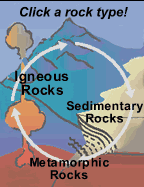
Last modified June 17, 2003 by Lisa Gardiner.
You might also be interested in:
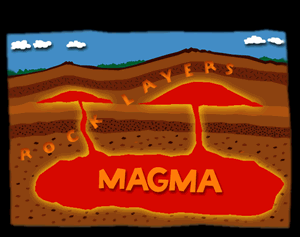
If you could travel to the center of the Earth, you would find that it gets hotter and hotter as you travel deeper. The heat is naturally produced by decay of radioactive elements. Within the Earth’s
...more
Everything you see around you is made of tiny particles called atoms, but not all atoms are the same. Different combinations of protons , neutrons and electrons make different types of atoms and these
...more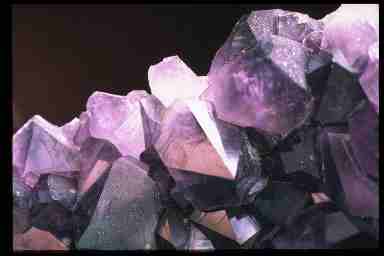
Minerals occur naturally on rocky planets and form the building blocks of rocks. They are non-living, solid, and, like all matter, are made of atoms of elements. There are many different types of minerals
...more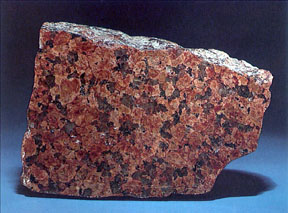
As granite is an intrusive igneous rock, a close look at a piece of granite will reveal that there are crystals of common silicate minerals within it such as quartz, plagioclase feldspar and orthoclase
...more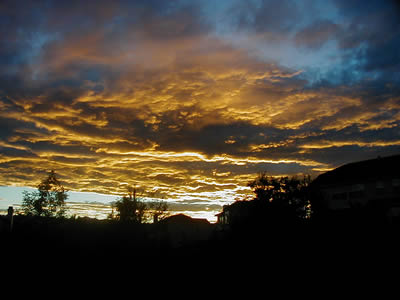
Mine are the night and morning, The pits of air, the gulf of space, The sportive sun, the gibbous moon, The innumerable days. I hid in the solar glory, I am dumb in the pealing song, I rest on the pitch
...more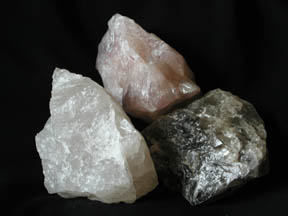
Each type of mineral is made of a unique group of elements that are arranged in a unique pattern. However, to identify minerals you don’t need to look at the elements with sophisticated chemical tests.
...more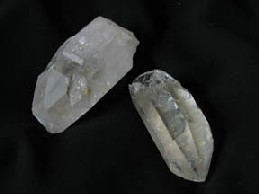
Quartz is the second most common mineral in Earth’s crust. It is a member of the quartz group, which includes less common minerals such as opal, crystobalite, and coesite. Silica (Si) and Oxygen (O) are
...more















